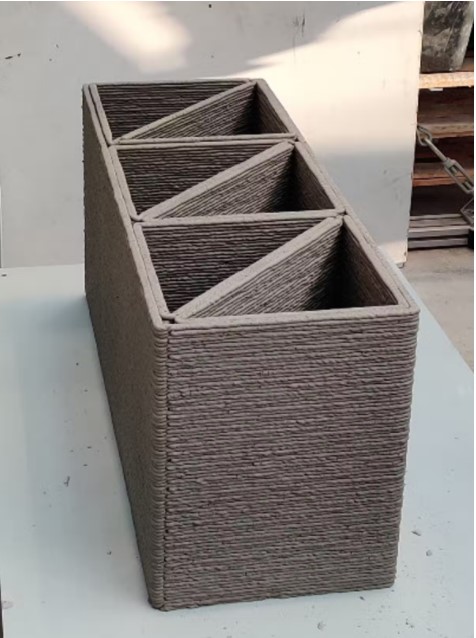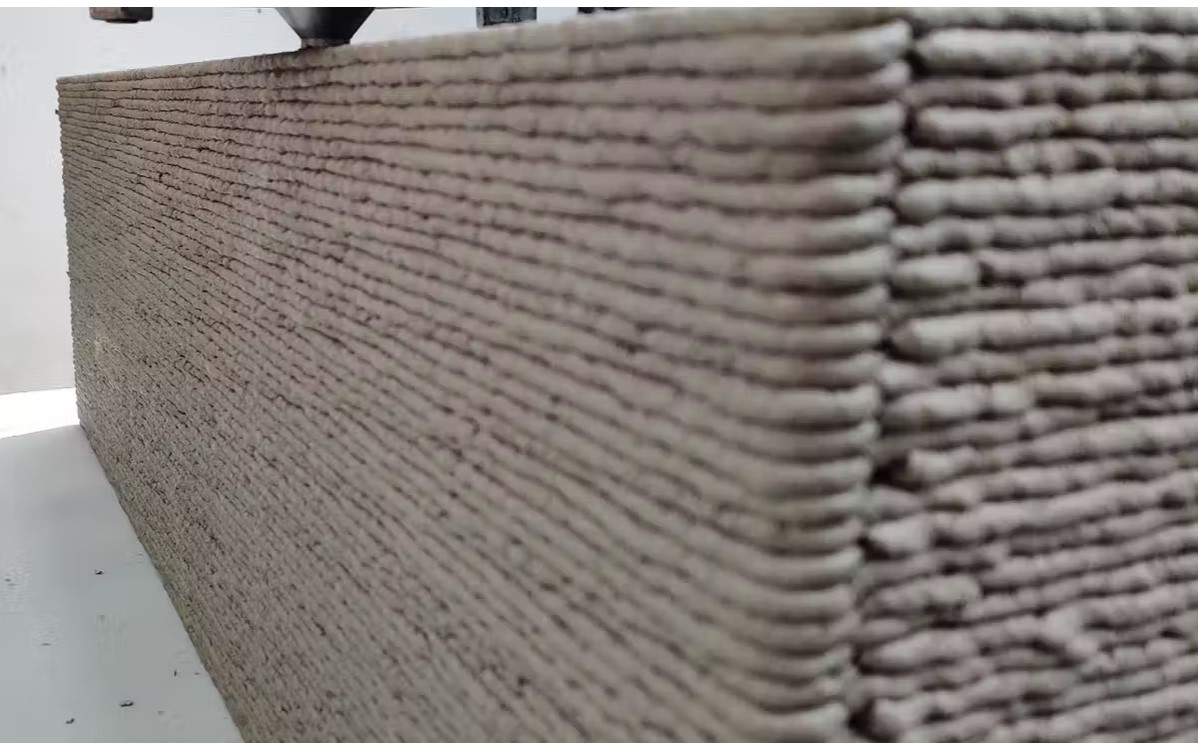
On March 10, 2022, Antarctic bears learned that foreign researchers have come up with a way to weaken this effect.It is reported that they have experimented with the use of recycled glass as a3D printingcomposition of concrete.
Concrete is a mixture of cement, water, and aggregates such as sand. The researchers tried to replace up to 100 percent of the aggregate in the mix with glass. Simply put, glass is produced from sand, which is easy to recycle and can be used to make concrete without any complicated processing.
Demand from the construction industry can also help ensure glass is recycled. In the U.S. in 2018, only a quarter of glass was recycled and more than half went to landfill.

Through secondary crushing and mixing into concrete, waste glass can become part of building materials and play a new role. The presence of glass not only solves the waste recycling problem, but also helps to develop superior properties over concrete containing natural sand.
Soda-lime glass – the most common type of glass you can find in windows and bottles, has more than three times less thermal conductivity than quartz aggregate, which is widely used in concrete. This means that concrete containing recycled glass has better insulating properties. They can greatly reduce the cost of cooling or heating in summer or winter.
In addition, the researchers made other changes to the concrete mix to make it more sustainable as a building material, including replacing some of the Portland cement with limestone powder.
Portland cement is a key component of concrete, used to bind other components together into a hardenable mixture. However, the production of ordinary Portland cement results in the release of large amounts of carbon dioxide, along with other greenhouse gases, and the cement industry is known to be responsible for around 8% of all emissions to the environment.

The researchers also added lightweight fillers, made of tiny hollow thermoplastic spheres, to the printed material to reduce the density of the concrete. This changes the thermal conductivity of the concrete, which is 40 percent less than other concretes used for 3D printing. This further improves the insulating properties of concrete and reduces the amount of raw materials required.
use3D printing technologyyou can easily develop a wall structure on your computer, convert it into simple code, and send it to3D printerbuild on.3D printerIt can operate 24 hours a day, reducing waste generation while also improving the safety of construction workers.
(responsible editor: admin)


0 Comments for “Using recycled glass to make concrete 3D printing raw materials is expected to greatly reduce environmental pollution”